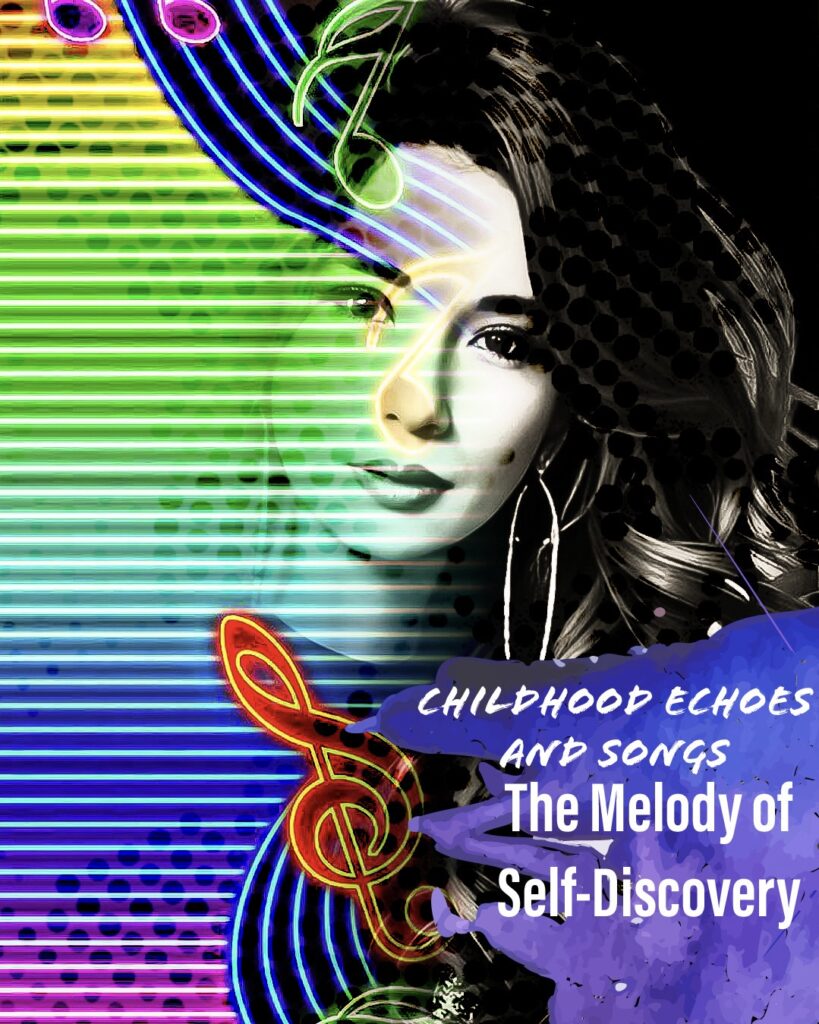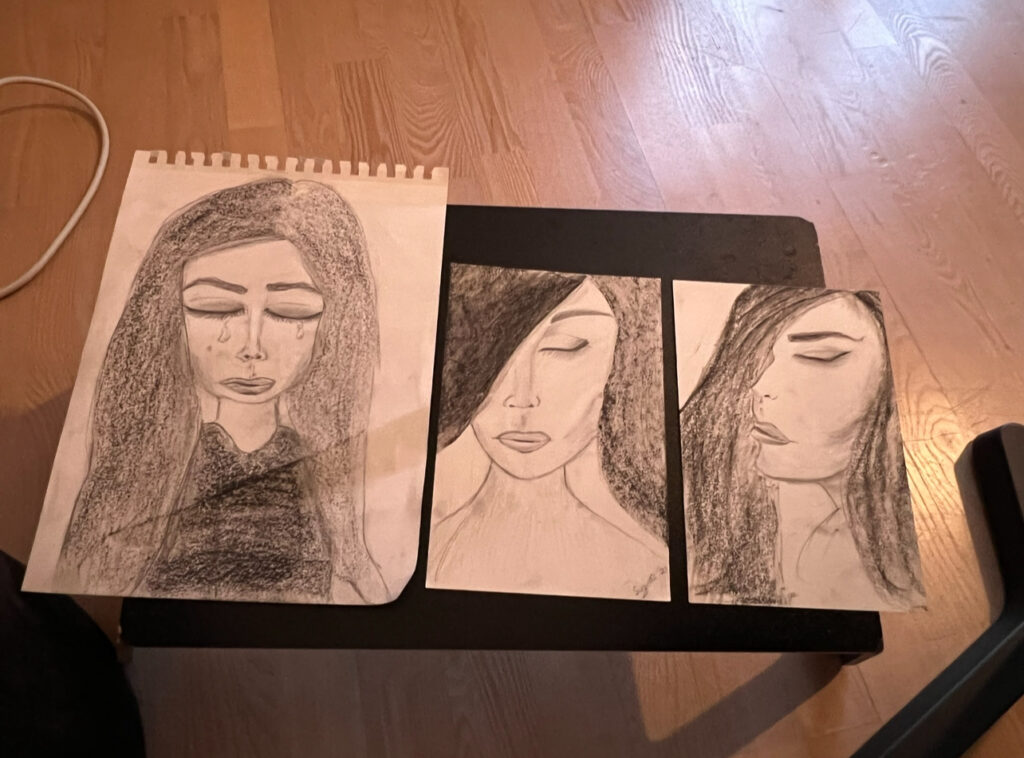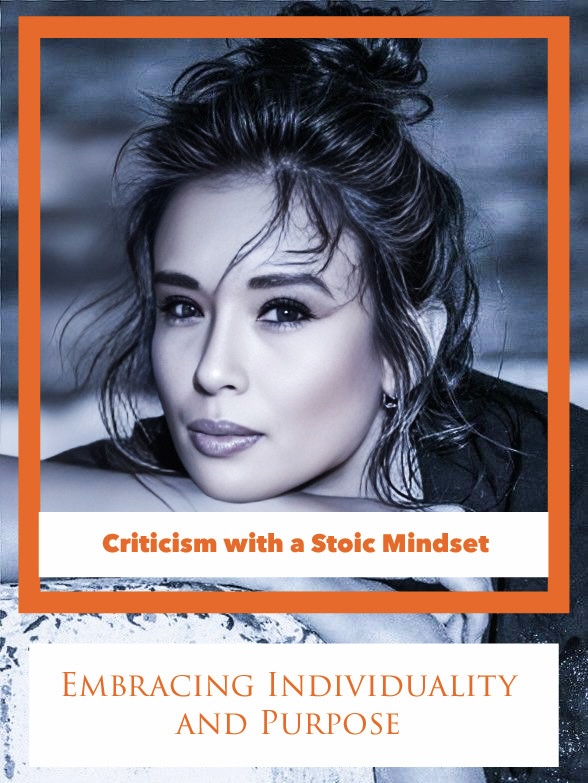
Introduction:
As the wheels of my car turned, carrying me through the mundane path to work, the familiar tune of my own song played through the speakers. Each lyric seemed to weave a tale, shedding light on sentiments I hadn’t fully acknowledged until that moment. A profound realization dawned—was the melody of my own creation unveiling the imprints of childhood trauma etched into the lyrics of my life?
Understanding Childhood Trauma:
Childhood trauma, an invisible composer of our life’s symphony, encompasses a range of experiences from neglect and abuse to witnessing violence or facing instability. It casts a shadow over the developmental landscape, influencing emotional, psychological, and relational facets of our being. The melodies of our lives often bear the echoes of these early adversities.
The Roots of My Composition:
To grasp the symphony within, I journeyed into the depths of my personal history. Childhood memories unfolded like musical notes, revealing instances of neglect, unspoken pain, and fractured attachments. My self-composed song became a poignant reflection, echoing the emotional landscape shaped by the silent conductor of my formative years.
Attachment Styles: The Compositional Blueprint:
Much like a musical composition guided by intricate patterns, attachment styles lay the foundation for our relationships. The lyrics of my song seemed to be a manifestation of the anxious echoes yearning for connection and the dissonant chords of avoidance, echoing the attachment patterns deeply ingrained in my being.

Each stroke a journey, a narrative of stories left untold.
Trust’s Fragile Crescendo:
Trust, an essential chord in the composition of relationships, bore the weight of unresolved childhood wounds. The lyrics spoke of betrayal and the fragility of trust, mirroring the struggles I faced in establishing and maintaining connections. The haunting refrain echoed the impact of early experiences, casting a shadow over the trust extended to others and to myself.
Communication, a Song in Translation:

The art of communication, vital in any relationship, found its voice in the verses of my song. Expressing emotions and articulating needs became a challenging melody, reflecting the stumbles and silences embedded in the symphony of my daily interactions. The lyrics mirrored the communication hurdles rooted in the echoes of my past, hindering the harmony I sought in connections.
The Ongoing Composition:
As my self-made soundtrack continued its refrain, I recognized the recurring motifs of my past playing out in the present. The song I had crafted for myself echoed the subconscious reenactment of trauma, guiding my choices and interactions. In the familiarity of this musical loop, I discovered an unintentional yet powerful narrative shaped by my own history.
Challenges on the Healing Journey:
Acknowledging the profound connection between my personal soundtrack and the echoes of childhood trauma opened a gateway to self-discovery. Yet, the path to healing was not without challenges. Confronting buried memories, navigating emotional turbulence, and dismantling ingrained patterns demanded resilience and a willingness to face the discomfort of transformation.
Composing a New Verse:
The therapeutic journey emerged as a conductor guiding me through the process of self-recomposition. It involved rewriting the lyrics, altering the melodies, and orchestrating a new tune. Therapy became the safe space where the challenges of healing could be addressed, offering support, insights, and tools for navigating the complexities of unraveling the symphony within.

Conclusion:
In the cocoon of my car, surrounded by the melodies of my own creation, I uncovered a symphony rich with the echoes of childhood trauma. The recognition of this deeply personal soundtrack illuminated the path to self-discovery and healing. As I navigate the continued composition of my life’s song, may each verse be a testament to resilience, growth, and the transformative power of rewriting one’s own melody amid the challenges that come with the journey of healing from childhood trauma.
